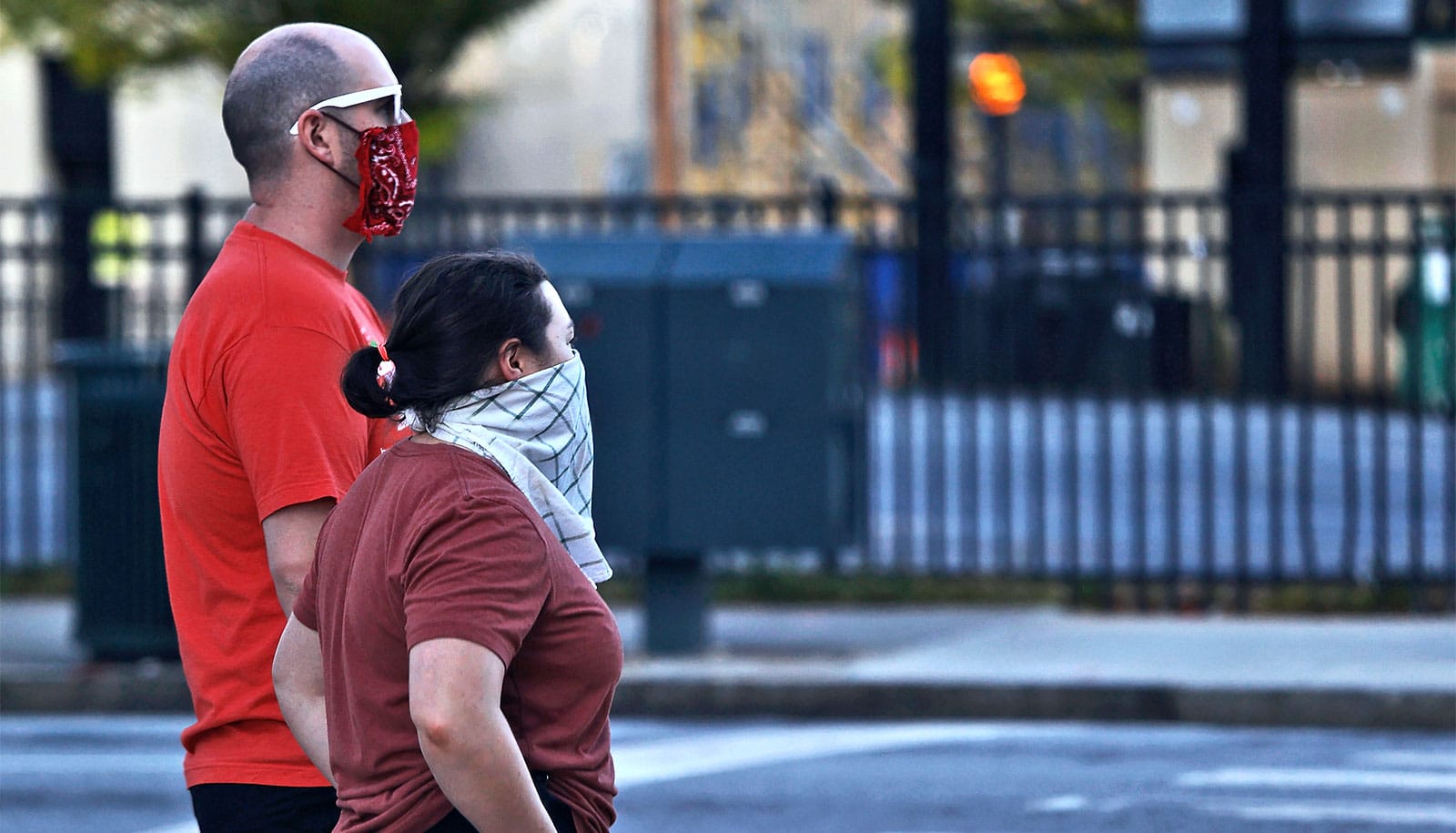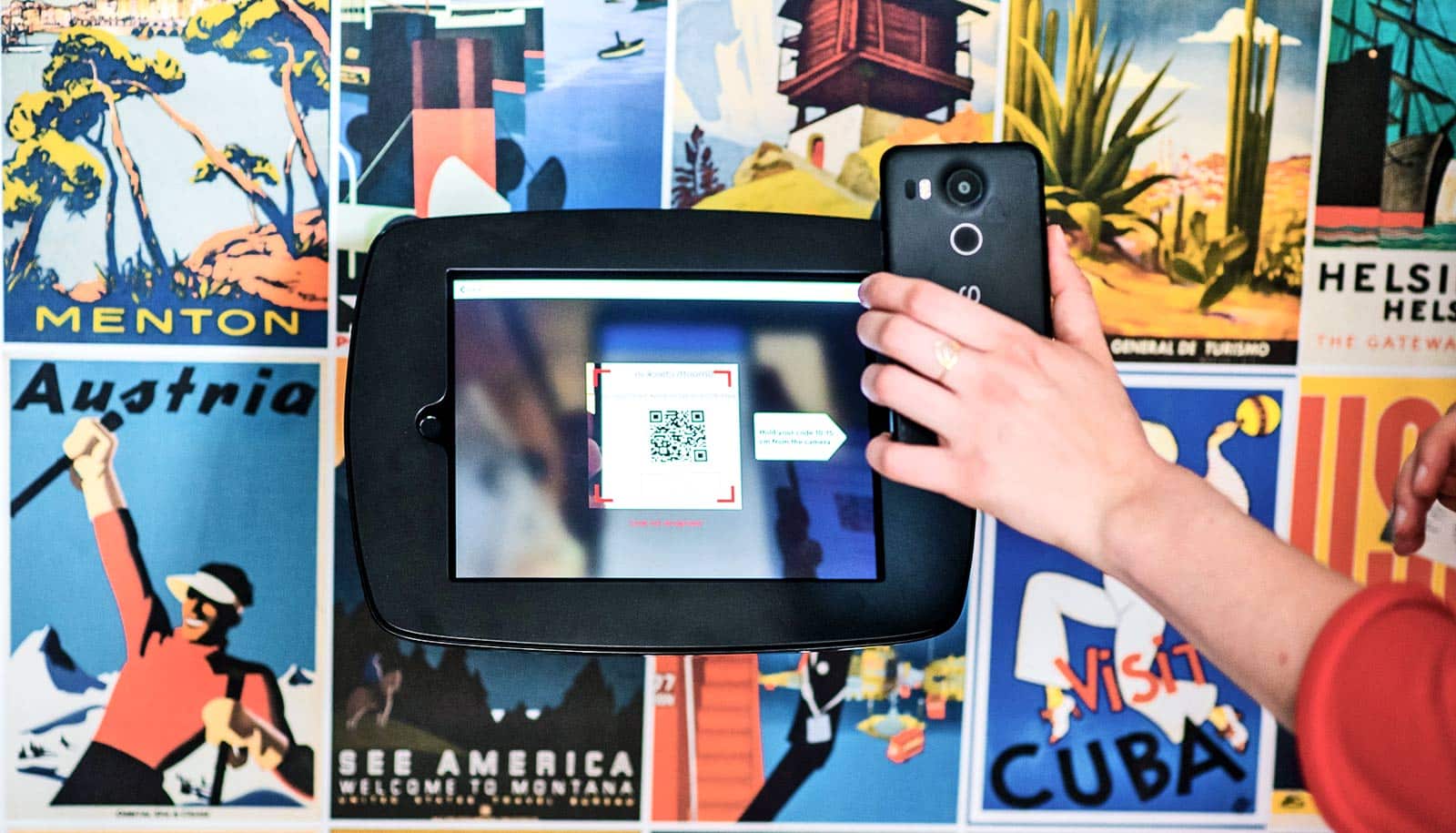Self-reported COVID-19 symptoms might soon help researchers in forecasting COVID-19 activity.
Researchers are gathering self-reported descriptions of COVID-19-related symptoms nationwide with the help of Facebook and GoogleSelf. The self-reports correlate well with test-confirmed cases of the disease, the researchers say.
Millions of responses to surveys by Facebook and Google users are providing the team with real-time estimates of disease activity at the county level for much of the United States, says Ryan Tibshirani, co-leader of the Delphi COVID-19 Response Team at Carnegie Mellon University.
“I’m very happy with both the Facebook and Google survey results,” says Tibshirani, associate professor of statistics and machine learning. “They both have exceeded my expectations.”
The survey results, combined with data from additional sources, provide real-time indications of COVID-19 activity not previously available from any other source.
This information will be publicly available at Carnegie Mellon’s COVIDcast web site, and Facebook is making the aggregated survey information from its users available here.
The COVIDcast site features estimates of coronavirus activity based on those same surveys from Facebook users. Later this week, the COVIDcast site will debut interactive heat maps of the United States, displaying survey estimates from not only Facebook, but also Google users. The maps also will include anonymized data provided by other partners, including Quidel Corp. and a national health care provider.
Tibshirani says the survey responses, combined with other data such as medical claims and medical testing, will enable the team to generate estimates of disease activity that are more reflective of reality than what is now available from positive coronavirus tests alone. Most of the data sources are available on a county level and the researchers say they have good coverage of the 601 US counties with at least 100,000 people.
Within a few weeks, they expect to use these estimates to provide forecasts that will help hospitals, first responders, and other health officials anticipate the number of COVID-19 hospitalizations and ICU admits likely to occur in their locales several weeks in advance.
Thus far, the researchers are receiving about one million responses per week from Facebook users. Last week, almost 600,000 users of the Google Opinion Rewards and AdMob apps were answering another survey each day.
Using these and other unique data sources, the researchers will monitor changes over time, enabling them to forecast COVID-19 activity several weeks into the future. They also plan to use this information to produce “nowcasts,” which are integrated estimates of current disease activity that they expect will be more reflective of reality than are daily compilations of test-confirmed COVID-19 cases.
Relying only on positive test results may not provide a complete picture of disease activity because of limited test capacity, reporting delays, and other factors, says Roni Rosenfeld, co-leader of the Delphi research group and head of the machine learning department.
Last year, the US Centers for Disease Control and Prevention designated the Delphi group as one of two National Centers of Excellence for Influenza Forecasting. At CDC’s request, the group has extended and adapted its flu forecasting efforts to encompass COVID-19.
Delphi uses two main approaches to forecasts, both of which have proven effective regarding the flu. One, called Crowdcast, is a “wisdom of the crowds” approach, which bases its predictions on the aggregate judgments of human volunteers who submit weekly estimates. The other uses statistical machine learning to recognize patterns in health care data that relate to past experience.
“This forecasting problem is so complicated that we believe that a diversity of data and approaches is our best weapon,” Tibshirani says.
To aid in COVID-19 forecasting, Facebook each day invites some of its US users to voluntarily answer a survey about any COVID-19 symptoms they might be experiencing. Carnegie Mellon controls the survey and individual responses are not shared with Facebook.
Likewise, Google is helping the researchers distribute one-question surveys to its users; results also are not shared with Google. Since 2016 Google Health Trends has been providing the team information about searches that its users perform each day for flu, and more recently for COVID-19-related terms. A major healthcare care provider is sharing anonymized inpatient and outpatient COVID-related counts, and Quidel, a diagnostic test provider, is sharing anonymized national lab test statistics.
Rosenfeld says they hope to bolster their forecasting efforts by adding another five data sources in the next several weeks.
“We’re deeply appreciative of the help we are receiving from Facebook, Google, and our other partners,” Rosenfeld says. “The data they provide is priceless and will give us greater confidence once we are able to begin our forecasts for this deadly disease.”
Source: Carnegie Mellon University



